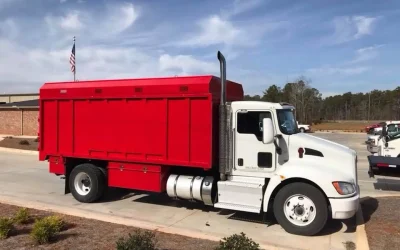Direct current and alternating current are the two main types of electric motors. These terms are commonly shortened to DC or AC, and refer to how an electrical current is moved through and from the motor. These types of motors have different uses and functions. There are two basic types of DC motor; the brushed motor and the brushless motor. AC motors are also available in two different types, as they can be two-phase or three-phase. There are as many similarities as there are difference between AC and DC motors, but the differences will be the deciding factor as to which is more ideal for a given use.
AC Motors
Alternating current electric motors are used differently based on what type of AC motor it is. Single phase alternating current motors make good general purpose motors, as they are ideal for a variety of applications. They are a good choice for systems that are difficult to start, as they require a considerable amount of power to get going.
When AC motors hit the market people began to see motors differently due to the amazing starting power they offered. While it’s true that DC and AC motors have their differences, together they power a majority of motorized devices across the globe.
DC Motors
Direct current (DC) electric motors work in engines where controlling speed is a top priority, as they have a continuous and stable current. They were the very first motors ever used. Their one drawback; they are not so great at producing power over longer time periods. Engineers found using DC motors to generate electricity did not work quite so well, as power was lost during the transmission process. Brush DC motors feature a rotor powered by a magnetic drive formed by rings that conduct a current. With brushless DC motors, the magnetic drive that powers the rotor is produced using a switch. Many home appliances feature DC motors.
Different Types of DC Motors
There are three basic different types of DC motors:
Brushless Direct Current motors: Brushless motors are more efficient and last longer than their brushed counterparts. The absence of friction caused by brushes means the motor will never slow down the way brushed motors do as the brushes wear down. As they are more efficient, they are a suitable choice for heavy duty usage. Another benefit is that the motor rarely heats up while running, which also increases efficiency and lifespan.
Brushed- Direct Current motors: The standard type of brushed DC motor has a rotor set in the middle surrounded by two coils of wire. Two magnets facing the same direction are on the coils. The brushes produce an electric current that turns the motor on and off.
Stepper DC motors: These direct current motors are brushless and feature a cog fixed to the rotating shaft. Today most stepper motors are computerized, and are widely used in scanners, drives, and satellites. An advantage of stepper motors is that no external controller is needed for operation.




